What temperature should water be for pizza dough
Home » Oven Temp » What temperature should water be for pizza doughWhat temperature should water be for pizza dough
What Temperature Should Water Be For Pizza Dough. For a low hydration cracker type crust you should ideally have your water at a temperature that will give you a finished mixed dough temperature in the 80 to 85F range. Water and yeast temperatures for bread and pizza dough. Higher temperatures say 80-90 f will get you a fast rise but less flavor and gluten is not as well developed. I dont recommend proofing your dough at a higher temperature than room temperature.
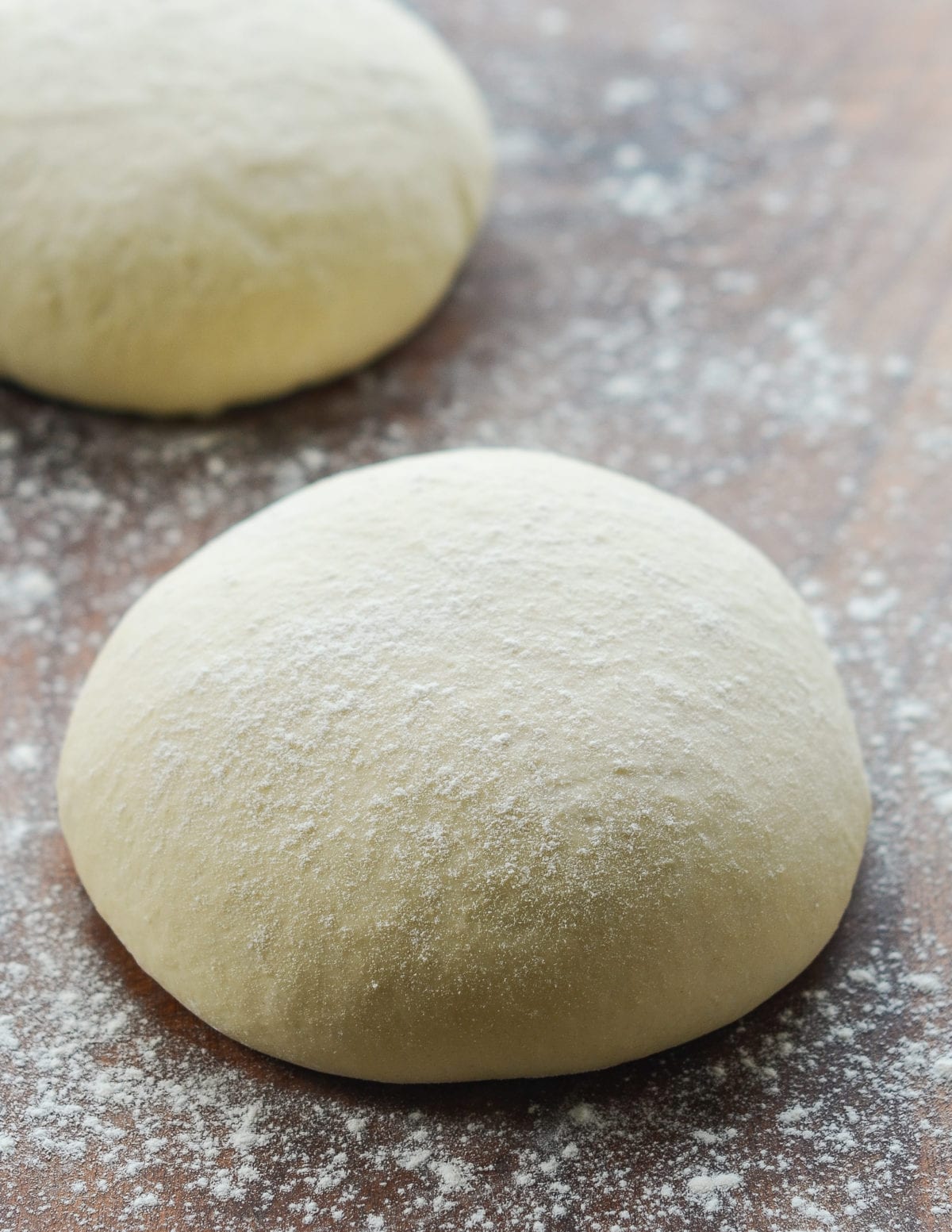 Pizza Dough Recipe Once Upon A Chef From onceuponachef.com
Pizza Dough Recipe Once Upon A Chef From onceuponachef.com
Also that too high a temperature is bad for the yeast. Hydration is another aspect of a recipe with an interesting relationship to cooking temperature. The reason is that you want to slow down the process rather than speeding it up. Ive read just warm and 110 to 115 degrees farenheit which is a lot more than warm by my hands standards. I dont recommend proofing your dough at a higher temperature than room temperature. Heres a link to a good page on temperature and yeast.
To get the best possible crust in a home oven I recommend a hydration of 65-70.
Is it different for bread and say pizza dough. Is it different for bread and say pizza dough. For a low hydration cracker type crust you should ideally have your water at a temperature that will give you a finished mixed dough temperature in the 80 to 85F range. Most experts agree that before making pizza your dough should be proofed in a kitchen that sits comfortably at around 23ºc or 75ºf. We dont know where the myth came from that dough needs to be brought to room temperature before its baked but its simply not true. The reason is that you want to slow down the process rather than speeding it up.
 Source: alexandracooks.com
Source: alexandracooks.com
However there is the option to cold proof your dough in the refrigerator and in this instance you would be looking at making the temperature much lower below 10º. Most experts agree that before making pizza your dough should be proofed in a kitchen that sits comfortably at around 23ºc or 75ºf. To get the best possible crust in a home oven I recommend a hydration of 65-70. Is it different for bread and say pizza dough. Pizza dough ingredients are simple but proportions have a huge impact.
 Source: pizzaotherbread.wordpress.com
Source: pizzaotherbread.wordpress.com
The reason is that you want to slow down the process rather than speeding it up. Often it sounds like a horsepower competition to have the highest or lowest hydration - Made this dough at an 88. A long slow rise in the refrigerator takes much longer and typically gives you better flavor and texture. Higher temperatures say 80-90 f will get you a fast rise but less flavor and gluten is not as well developed. This is what creates flavor and texture for your pizza.
 Source: onceuponachef.com
Source: onceuponachef.com
Ive read just warm and 110 to 115 degrees farenheit which is a lot more than warm by my hands standards. Most experts agree that before making pizza your dough should be proofed in a kitchen that sits comfortably at around 23ºc or 75ºf. The ideal time for proofing and Neapolitan-style pizza at room temperature. However there is the option to cold proof your dough in the refrigerator and in this instance you would be looking at making the temperature much lower below 10º. This is what creates flavor and texture for your pizza.
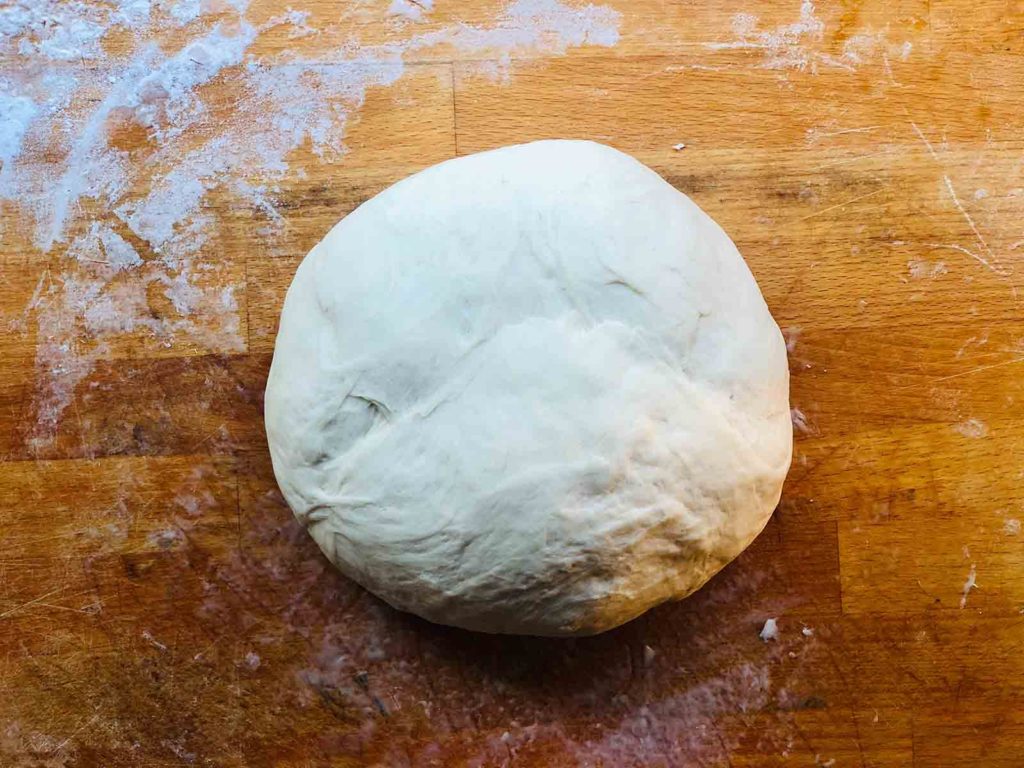 Source: thepizzaheaven.com
Source: thepizzaheaven.com
Defrosting dough first can be useful when you need to reshape the dough for certain menu items such as calzones but other than that there is no need for the dough to be pliable or defrosted before putting it into the oven to bake. Most experts agree that before making pizza your dough should be proofed in a kitchen that sits comfortably at around 23ºc or 75ºf. I dont recommend proofing your dough at a higher temperature than room temperature. The reason is that you want to slow down the process rather than speeding it up. Hydration is another aspect of a recipe with an interesting relationship to cooking temperature.
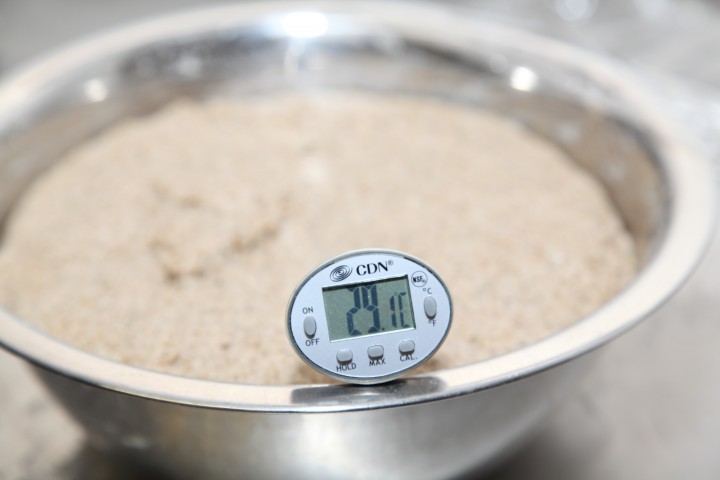 Source: weekendbakery.com
Source: weekendbakery.com
The reason is that you want to slow down the process rather than speeding it up. A long slow rise in the refrigerator takes much longer and typically gives you better flavor and texture. This is what creates flavor and texture for your pizza. Is it different for bread and say pizza dough. Hydration is another aspect of a recipe with an interesting relationship to cooking temperature.
 Source: natashaskitchen.com
Source: natashaskitchen.com
However there is the option to cold proof your dough in the refrigerator and in this instance you would be looking at making the temperature much lower below 10º. Defrosting dough first can be useful when you need to reshape the dough for certain menu items such as calzones but other than that there is no need for the dough to be pliable or defrosted before putting it into the oven to bake. To get the best possible crust in a home oven I recommend a hydration of 65-70. Ive read just warm and 110 to 115 degrees farenheit which is a lot more than warm by my hands standards. The reason is that you want to slow down the process rather than speeding it up.
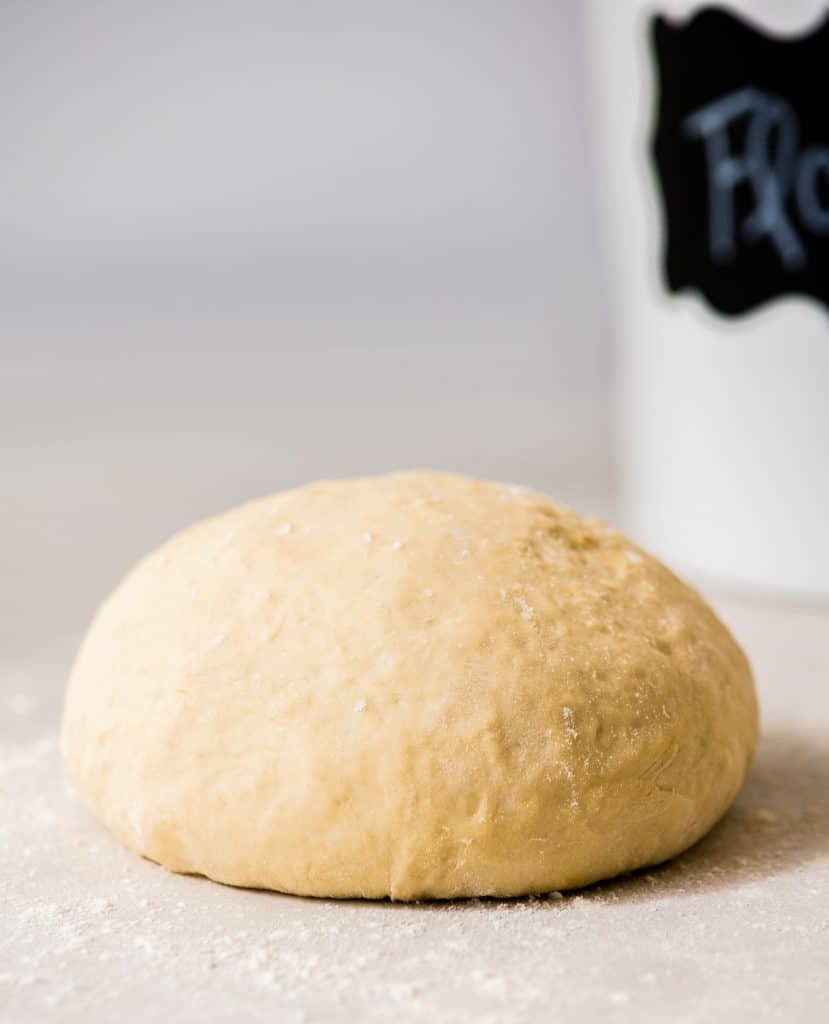 Source: joyfoodsunshine.com
Source: joyfoodsunshine.com
I dont recommend proofing your dough at a higher temperature than room temperature. Hydration is another aspect of a recipe with an interesting relationship to cooking temperature. Most experts agree that before making pizza your dough should be proofed in a kitchen that sits comfortably at around 23ºc or 75ºf. For a low hydration cracker type crust you should ideally have your water at a temperature that will give you a finished mixed dough temperature in the 80 to 85F range. Water and yeast temperatures for bread and pizza dough.
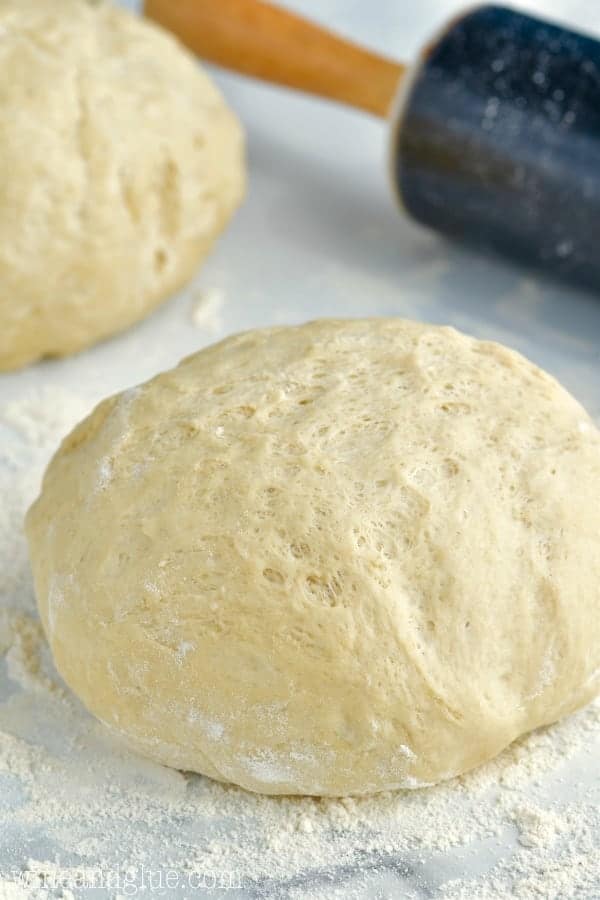 Source: simplejoy.com
Source: simplejoy.com
Heres a link to a good page on temperature and yeast. To get the best possible crust in a home oven I recommend a hydration of 65-70. Is it different for bread and say pizza dough. Hydration is a frequent topic in bread and pizza making forums. A long slow rise in the refrigerator takes much longer and typically gives you better flavor and texture.
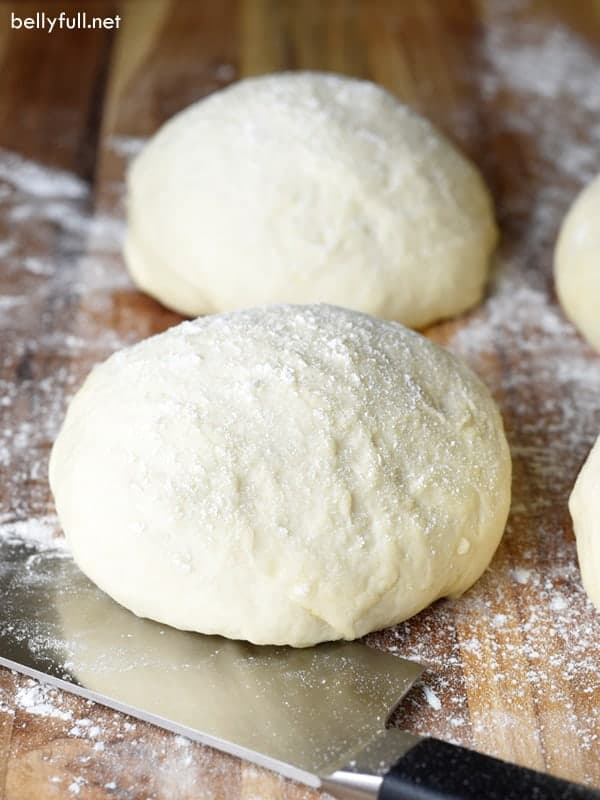 Source: bellyfull.net
Source: bellyfull.net
Defrosting dough first can be useful when you need to reshape the dough for certain menu items such as calzones but other than that there is no need for the dough to be pliable or defrosted before putting it into the oven to bake. A long slow rise in the refrigerator takes much longer and typically gives you better flavor and texture. For a low hydration cracker type crust you should ideally have your water at a temperature that will give you a finished mixed dough temperature in the 80 to 85F range. To get the best possible crust in a home oven I recommend a hydration of 65-70. Defrosting dough first can be useful when you need to reshape the dough for certain menu items such as calzones but other than that there is no need for the dough to be pliable or defrosted before putting it into the oven to bake.
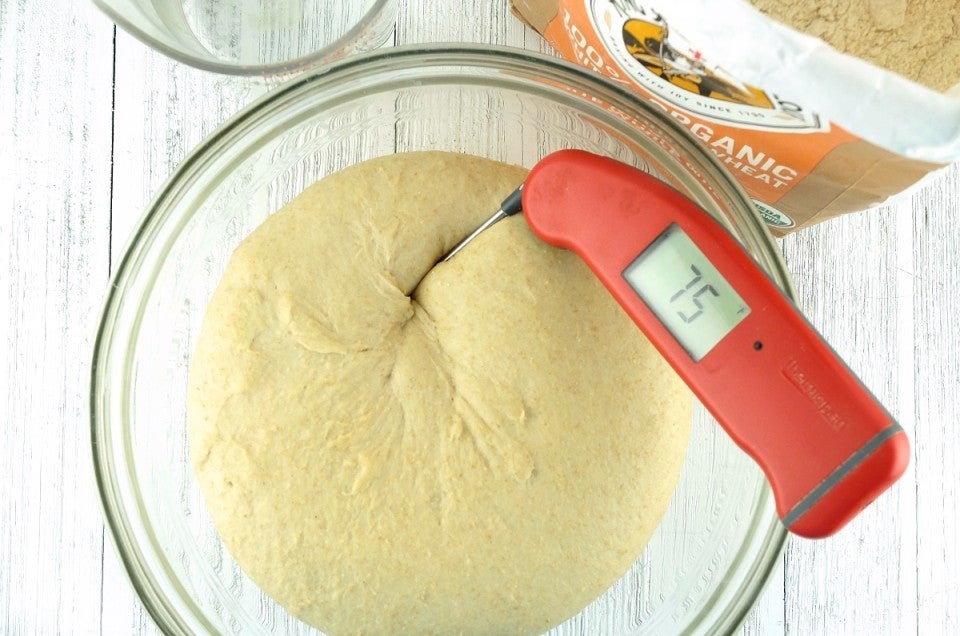 Source: kingarthurbaking.com
Source: kingarthurbaking.com
Heres a link to a good page on temperature and yeast. Higher temperatures say 80-90 f will get you a fast rise but less flavor and gluten is not as well developed. The ideal time for proofing and Neapolitan-style pizza at room temperature. Is it different for bread and say pizza dough. Hydration is another aspect of a recipe with an interesting relationship to cooking temperature.
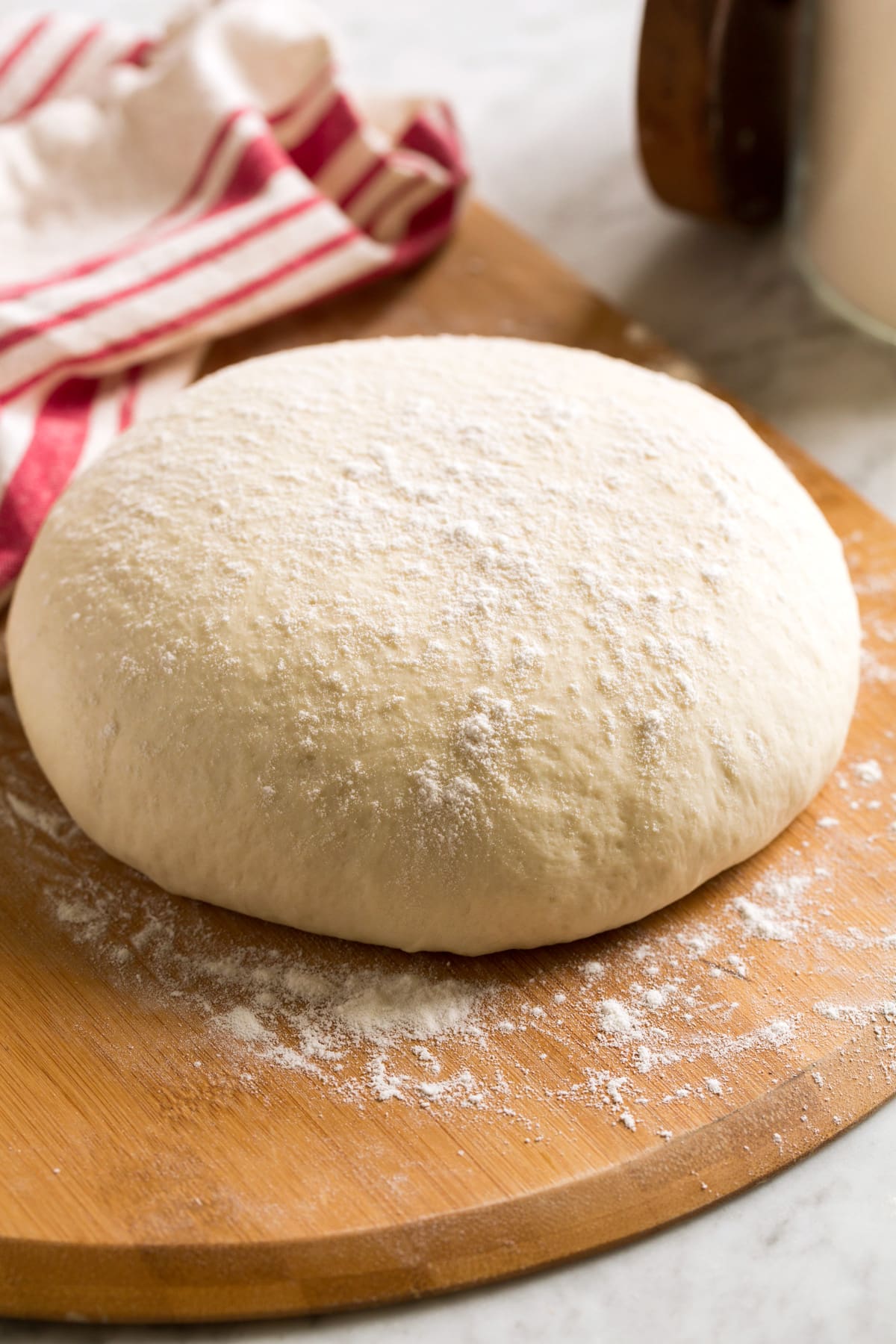 Source: cookingclassy.com
Source: cookingclassy.com
However there is the option to cold proof your dough in the refrigerator and in this instance you would be looking at making the temperature much lower below 10º. To get the best possible crust in a home oven I recommend a hydration of 65-70. I dont recommend proofing your dough at a higher temperature than room temperature. Hydration is another aspect of a recipe with an interesting relationship to cooking temperature. The reason is that you want to slow down the process rather than speeding it up.
 Source: thepizzaheaven.com
Source: thepizzaheaven.com
The ideal time for proofing and Neapolitan-style pizza at room temperature. The reason is that you want to slow down the process rather than speeding it up. Heres a link to a good page on temperature and yeast. For a low hydration cracker type crust you should ideally have your water at a temperature that will give you a finished mixed dough temperature in the 80 to 85F range. A long slow rise in the refrigerator takes much longer and typically gives you better flavor and texture.
 Source: pizzaotherbread.wordpress.com
Source: pizzaotherbread.wordpress.com
The reason you want higher hydration for dough baked in a home oven is that at a lower temperature the pizza needs to stay in the oven for a longer period of time. Higher temperatures say 80-90 f will get you a fast rise but less flavor and gluten is not as well developed. The reason you want higher hydration for dough baked in a home oven is that at a lower temperature the pizza needs to stay in the oven for a longer period of time. To get the best possible crust in a home oven I recommend a hydration of 65-70. We dont know where the myth came from that dough needs to be brought to room temperature before its baked but its simply not true.
 Source: pizzacraft.com
Source: pizzacraft.com
We dont know where the myth came from that dough needs to be brought to room temperature before its baked but its simply not true. Most experts agree that before making pizza your dough should be proofed in a kitchen that sits comfortably at around 23ºc or 75ºf. Heres a link to a good page on temperature and yeast. Higher temperatures say 80-90 f will get you a fast rise but less flavor and gluten is not as well developed. Defrosting dough first can be useful when you need to reshape the dough for certain menu items such as calzones but other than that there is no need for the dough to be pliable or defrosted before putting it into the oven to bake.
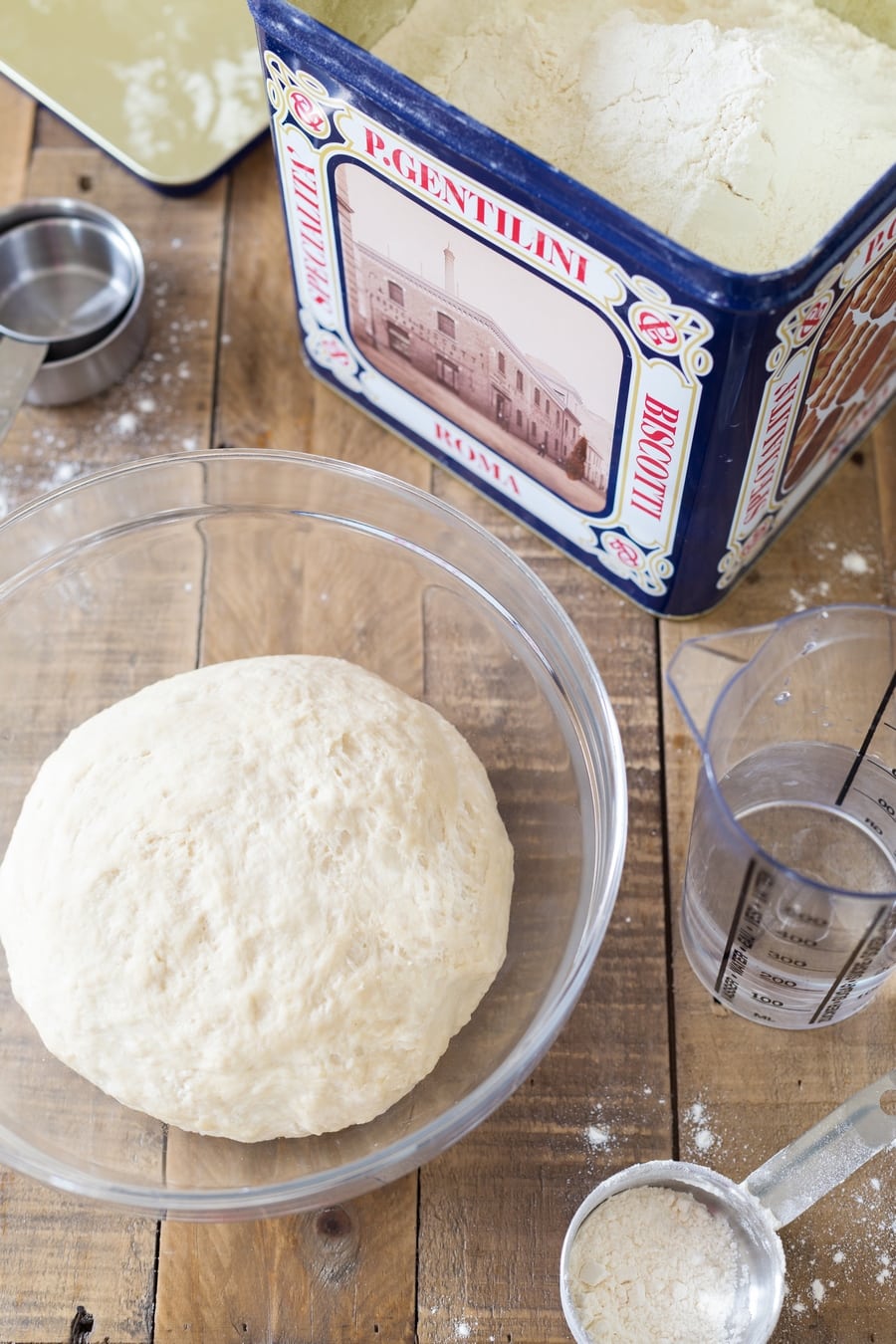 Source: electricbluefood.com
Source: electricbluefood.com
This is what creates flavor and texture for your pizza. Ive read just warm and 110 to 115 degrees farenheit which is a lot more than warm by my hands standards. Pizza dough ingredients are simple but proportions have a huge impact. I dont recommend proofing your dough at a higher temperature than room temperature. For a low hydration cracker type crust you should ideally have your water at a temperature that will give you a finished mixed dough temperature in the 80 to 85F range.
If you find this site helpful, please support us by sharing this posts to your preference social media accounts like Facebook, Instagram and so on or you can also bookmark this blog page with the title what temperature should water be for pizza dough by using Ctrl + D for devices a laptop with a Windows operating system or Command + D for laptops with an Apple operating system. If you use a smartphone, you can also use the drawer menu of the browser you are using. Whether it’s a Windows, Mac, iOS or Android operating system, you will still be able to bookmark this website.
Category
Related By Category
- What temperature do you cook pork loin ribs
- What temp should i cook brisket too
- What temperature should you cook pork at
- What temperature do you bake brisket at
- What temperature should you cook pork chops at
- What temperature do you cook chicken breast on a traeger
- What temp to cook boneless chicken breast on grill
- What temperature to slow cook chicken thighs
- What temp do i bake chicken breast at
- What temp do you cook pork chops too